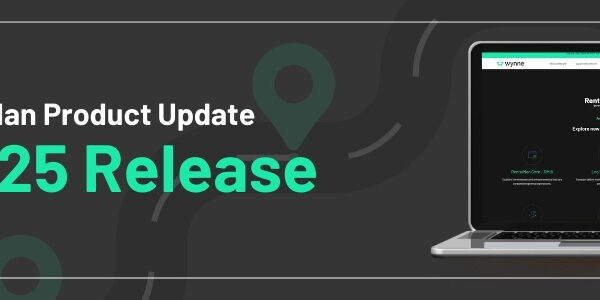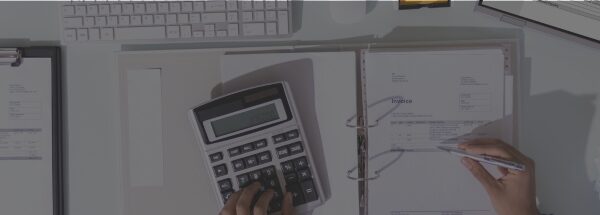
Events, conferences and trade shows can create a heavy burden for your rental business and your rental system. The size of your average rental contract can jump from 40-50 lines to several thousand lines as your customer shifts from a local business or individual to a venue or event planner. These mega rental orders can create a significant burden for your rental systems as well as your internal processes.
Below are four areas in which a flexible rental software can ease your stress level.
1. Planning Your Quote/Contract
When you have a large-scale contract with many moving pieces, keeping track of the whole can become complex. It is helpful to allow you to group, arrange, subtotal and track your quotes and contracts by venue location, room, booth, or conference hall number.
You can arrange your contract to fit with your customer’s budgetary breakdown but still manage your logistics and picking processes independently to suit your own internal warehouse requirements.
2. Staging and Picking Your Goods
When it comes to planning your logistics processes, staging and planning your equipment and accessories within the warehouse becomes essential for mega-sized orders.
You should be able to break a single rental contract into multiple pick lists, assign pick lists to individuals on mobile devices and allow for multi-user picking across your contract. This allows you to split the effort across multiple people and can reflect individual competencies across the warehouse. Real-time integration from mobile devices back to the core system allows your managers to review picking progress in real time as they plan their transport needs and track the loading of completed picks onto owned delivery trucks or external shipping companies.
3. Managing On-site Logistics
If specific tasks need to be performed on site beyond a simple delivery, then an integrated work order via mobile apps come into play. As part of a large contract, you can create individual work orders to list tasks and professional services that need to be performed as part of the contract. Professional services might include installation or training needs.
You can track these work orders and tasks via mobile device and bill the customer on a time and materials basis from the work order, or incorporate service charges into your rental contract and use the work orders to simply track your actual costs.
4. Controlling Your Billing
For large-scale events and conferences, traditional rental billing may not offer everything you require. Flexible billing options allow you to bill to fit the nature of the project. You might bill 25% up-front before ever arriving on site, another 25% on installation and the remaining 50% on take-down. Or perhaps you’d prefer the simplicity of a one-off event charge with a 10% deposit for damages and potential losses. You can even split the billing out by your customer’s original quote and contract grouping so that they can easily see their overall expenditure against their original budgetary quote.
These are just some of the features that Wynne’s specialty rental software offers to customers outside of the traditional equipment rental sphere. Contact us today to set up a demo and see what else we can offer your specialty rental business.
Contributed by Helen Sowerby, Director of Business Development




